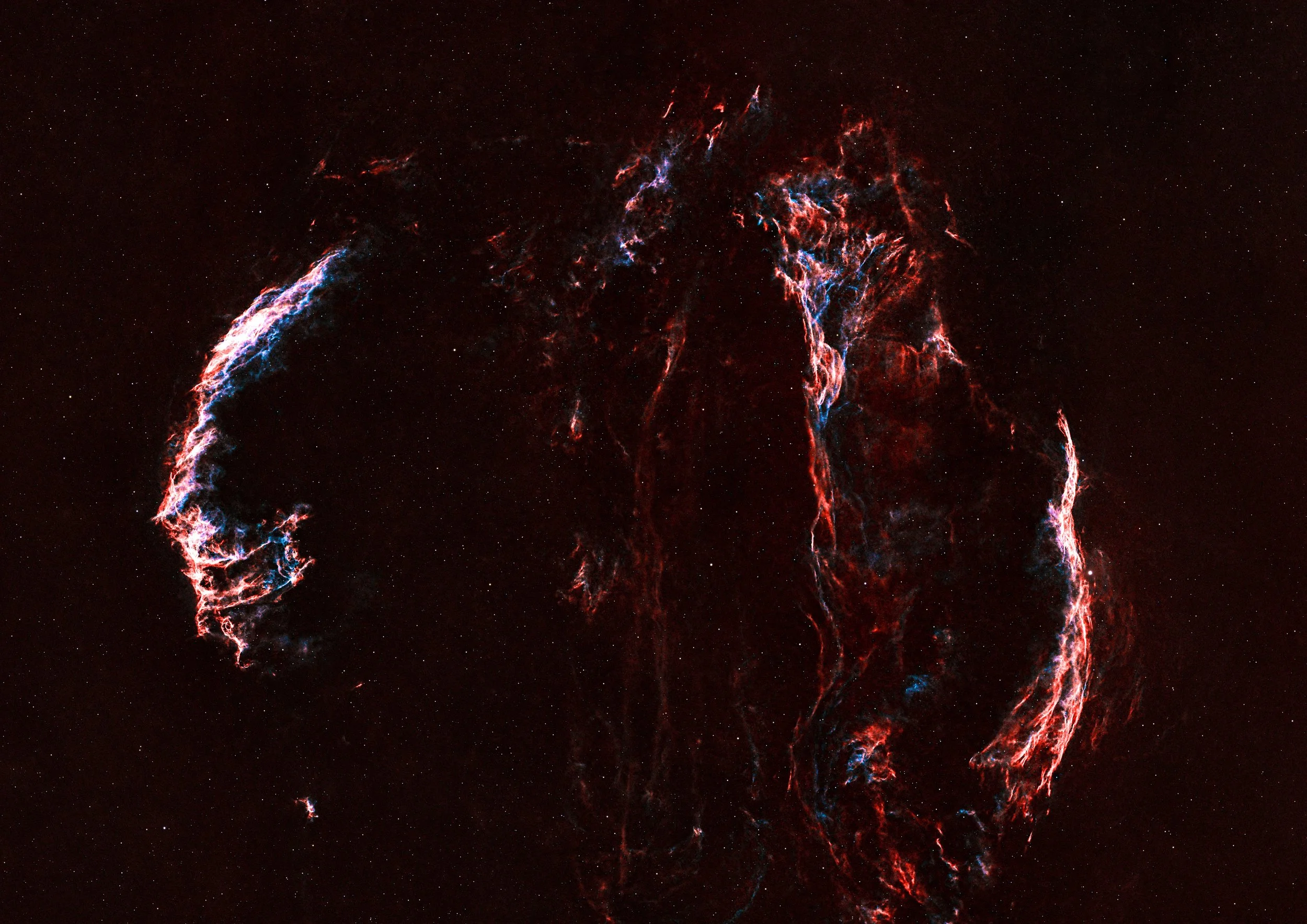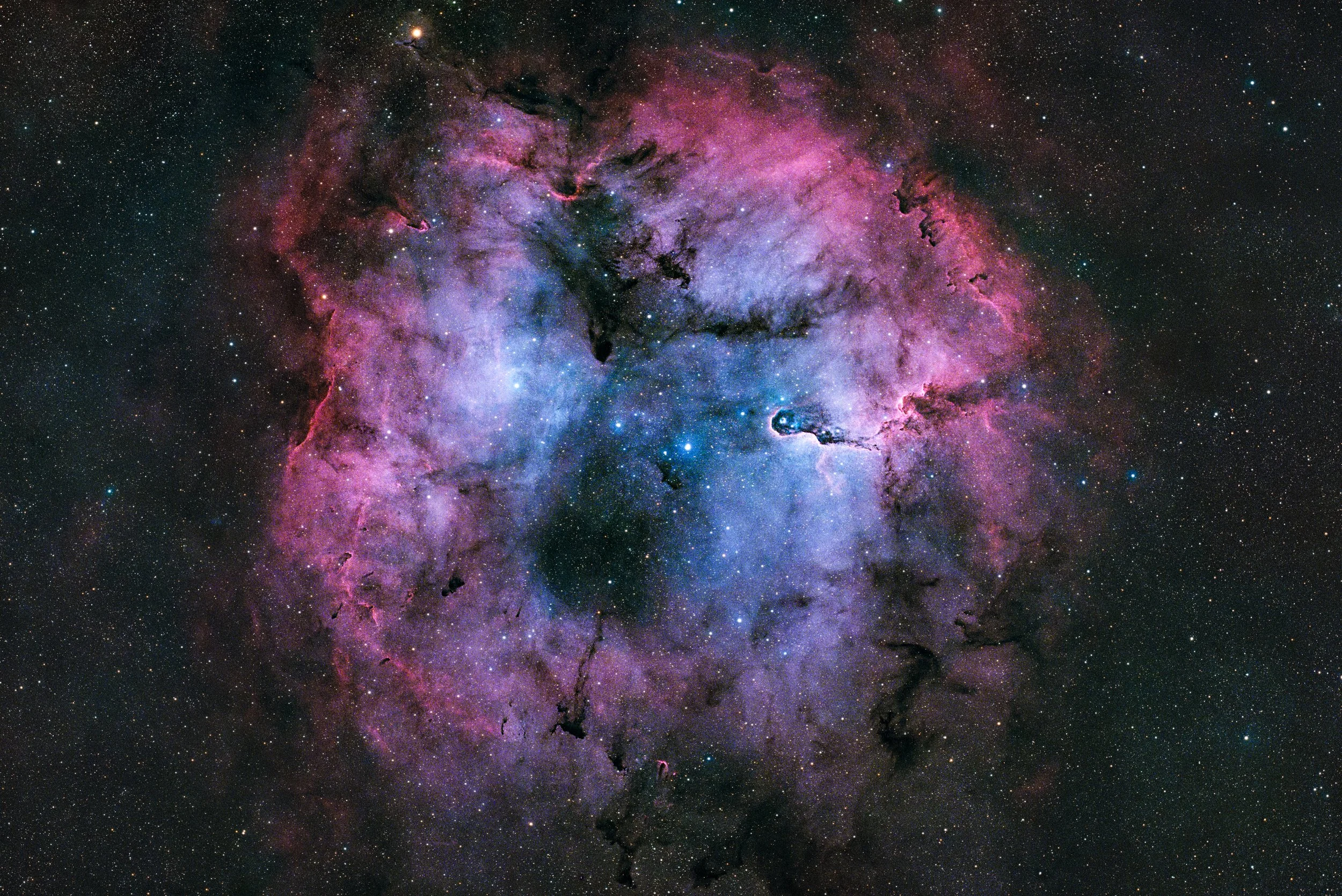
I’ve been gradually doing more and more Nightscape photography (at the expense of landscape photography) and recently made the decision to take the next step and jump down the rabbit hole that is deep sky astrophotography. This involves taking images of deep sky objects such as galaxies, nebulae, star clusters and others, many of which exist outside of our own Milky Way galaxy. This typically involves using a telescope as a lens and a dedicated, cooled astrophotography camera on a more sophisticated tracking mount than I’ve been used to using for Milky Way photography. A mini computer controls everything. It’s a steep learning curve and a challenge, but it’s one that I’m excited to tackle!
M31, the Andromeda Galaxy, the closest galaxy to our own Milky Way. Two smaller, companion galaxies can also be seen.
The Heart nebula, an emission nebula in the constellation Cassiopeia.
The Eastern and Western Veil Nebulae, also know as the Cygnus Loop, a supernova remnant in the constellation Cygnus (the Swan).
The North American nebula, an emission nebula in the Cygnus region of the Milky Way.
The Crescent nebula (lower right) and part of the Sadr region of the Milky Way.
The Elephant's Trunk Nebula
The Lobster Claw and Bubble nebulae, in the constellation Cassiopeia, about 11,000 light away.






